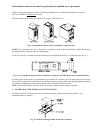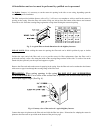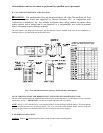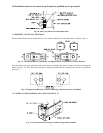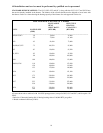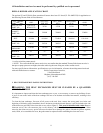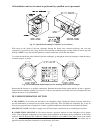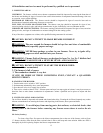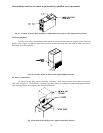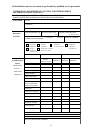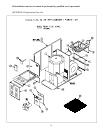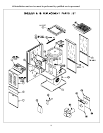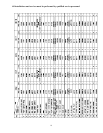
All installations and services must be performed by qualified service personnel.
12
Fig. 15: Typical Heat Exchanger Cleanout Cover Locations.
With access to the inside of the heat exchanger through the burner area, clean-out openings, and vent pipe
connection, it is possible to use a long, flexible wire brush and an industrial type vacuum cleaner to remove any soot
build-up. NOTE: A one inch (outside diameter) vacuum cleaner hose will fit into the radiator.
To vacuum and brush the outer radiator of the heat exchanger, go through the clean-out openings in both directions,
as shown in figure 16, below.
Fig. 16: Recommended method and device for cleaning inside of heat exchanger.
Reassemble the furnace to its original construction. Remount the burner being certain that the air tube is properly
inserted into the chamber opening (see section E). If heavy soot deposits were found in the heat exchanger, this may
indicate the burner is out of adjustment.
III. USERS INFORMATION SECTION
A. OIL SUPPLY: Do not allow the fuel tank to run completely empty. During the summer, keep the tank full to
prevent condensation of moisture on the inside surface of the tank. If the fuel tank runs completely dry, it may be
necessary to purge the lines of trapped air. Contact a qualified technician to bleed the lines and restart the burner.
OIL SUPPLY VALVE: Turn the oil supply valve off if the burner is shut down for an extended period of time.
B. COMBUSTION AIR SUPPLY: The burner requires a generous amount of clean combustion air to operate
safely. Lack of adequate combustion air can result in erratic operation of the burner, noisy combustion, or fuel odors
in the air. NEVER BLOCK THE FURNACE FROM THE SUPPLY OF COMBUSTION AIR.
If there is an exhaust
fan, dryer or return air grill in the furnace room, there should be increased concern and additional efforts may be
required to provide adequate combustion oil to the furnace at all times.



